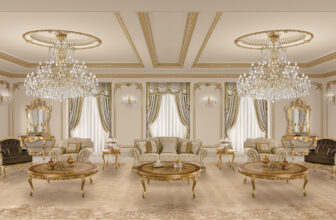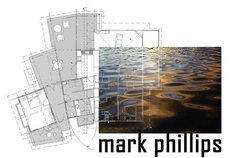John Murphy Architect
A small firm concentrating on providing individual and quality service to each of our clients, working together to create a practical solution to meet your needs. Most of our projects are in the residential field and include alterations, additions, environmentally responsible and heritage listed projects. Each project is individual in nature. It is the result of combining the unique properties of the site together with the specific requirements of the clients. We recognise the importance of merging the function of a building with the experience of architecture.
Driving directions to John Murphy Architect on map
John Murphy Architect on Google Maps
Projects:
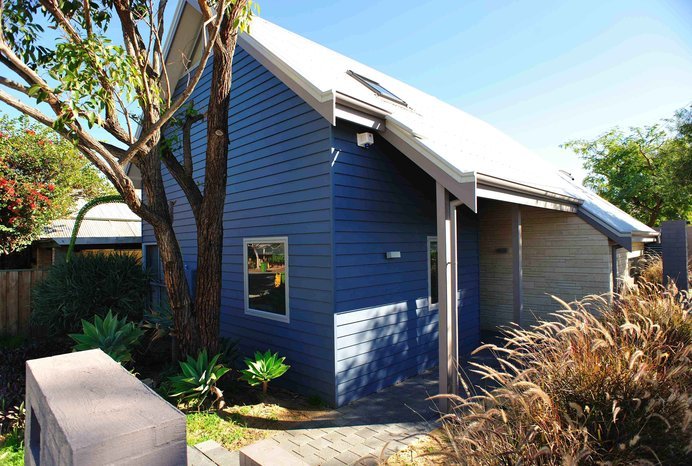
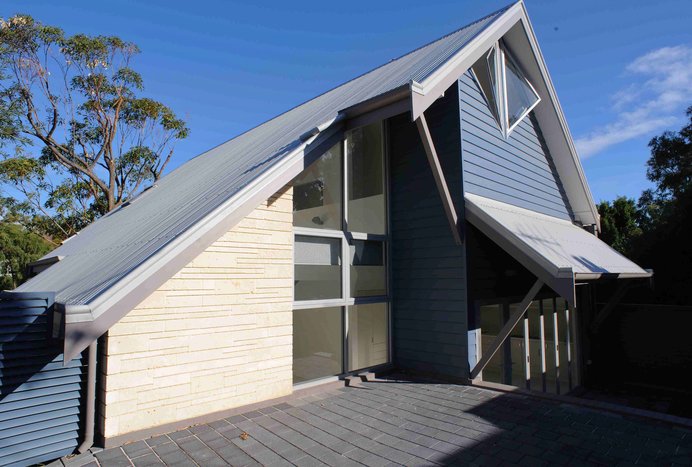
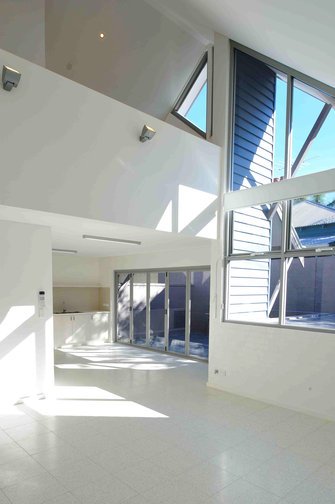
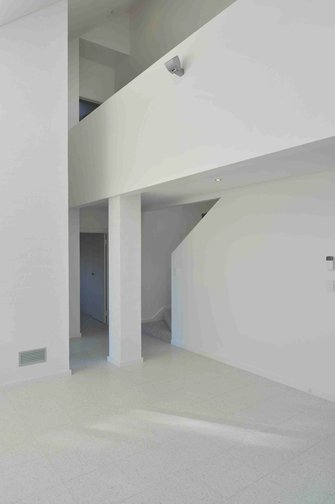
Fremantle House
8A Samson Street, Fremantle, 2009
This project is an example of infill housing within an existing suburban zone, utilising a 225 square metre sloping block of seemingly unusable land. The project showcases a potential solution to the urban sprawl issue while respecting the local character and heritage restrictions of an established suburb. A key element of the building is the layout, which creates a large total floor area on a small footprint. Essentially a one-storey home, the design uses roof space to create a loft area. The upper floor plan is contained entirely within the roof space resulting in an efficient use of space. While the interior of the building fulfils the requirements of a comfortable and spacious home, the exterior fits soundly with the surrounding properties. The single storey appearance, tasteful style and use of various external claddings allow the building to blend with the existing homes.
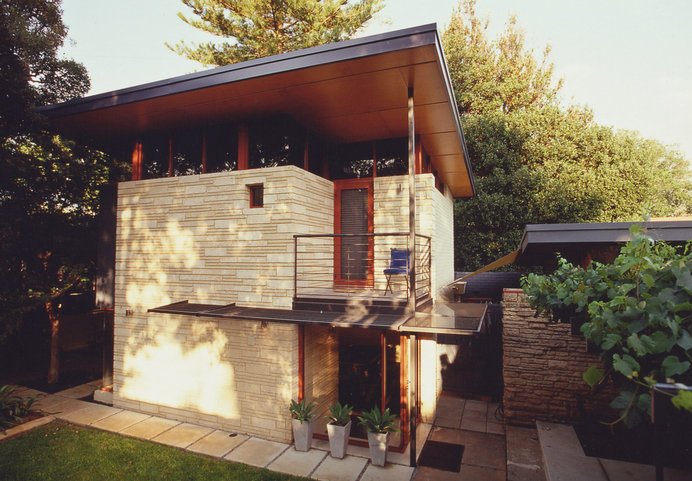
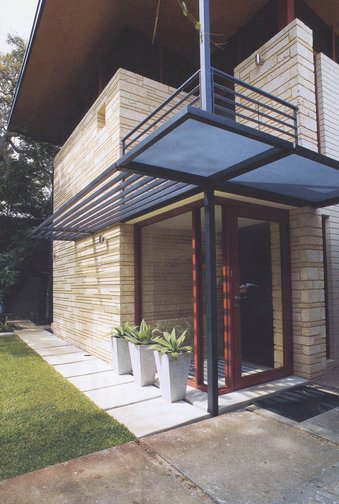
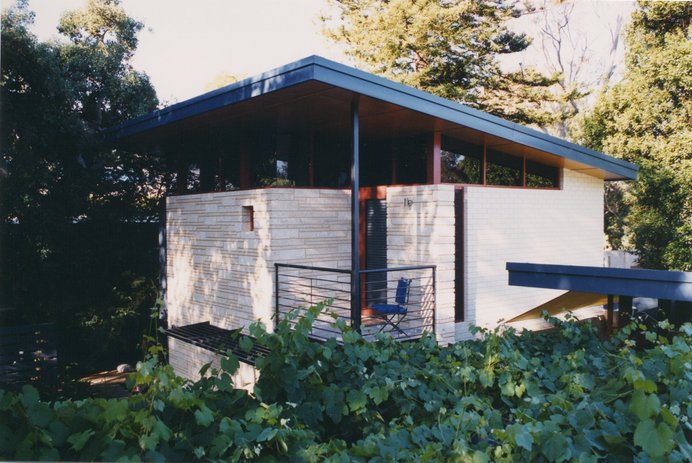
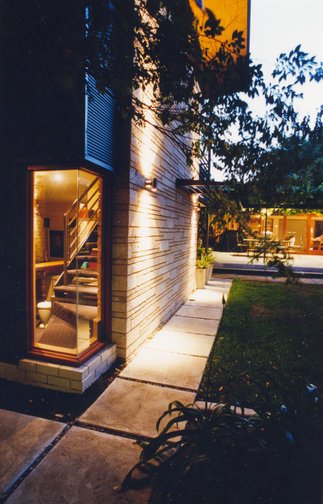
Claremont Addition
9 Park Lane, Claremont, 2002
This project was an addition of a two storey freestanding building to an existing heritage listed house. The original house is considered an exceptional example of 1950s architecture and the new build was to enhance and provide function and facilities to complement the existing home. The design of the building harmonised with the surroundings and existing house through use of forms, materials, colours and textures in a more contemporary setting, minimising the impact on the existing house and landscape. There were some large trees located on the site that were retained through the incorporation of specific construction methods to accommodate future growth. The layout of the building was carefully considered to ensure flexibility to address the changing needs of a growing family. This design won the Alterations and Additions award in the 2003 Royal Australian Institute of Architects’ awards and was recognised as a sensitive and unobtrusive addition to a significant 1950s heritage house.
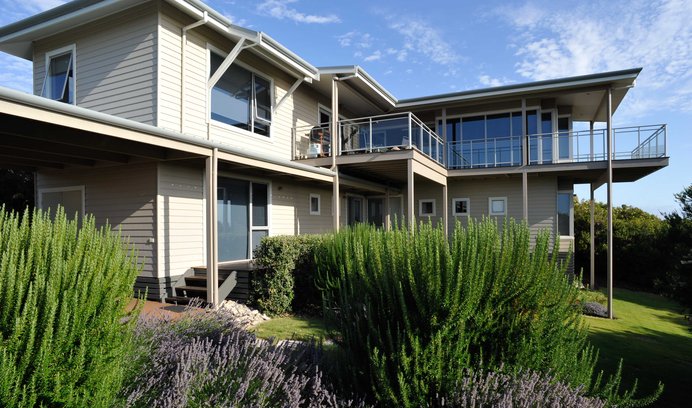
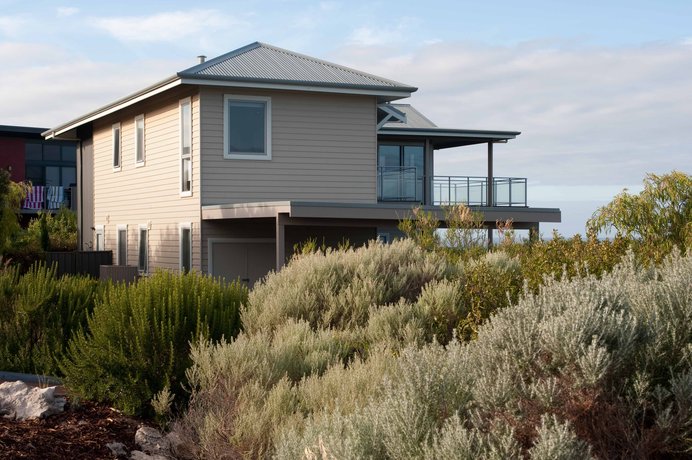
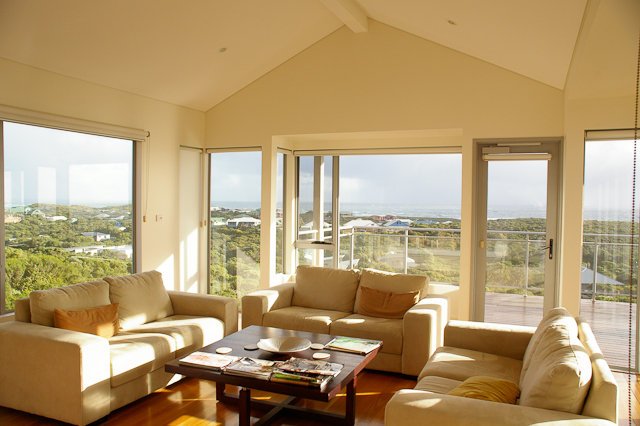
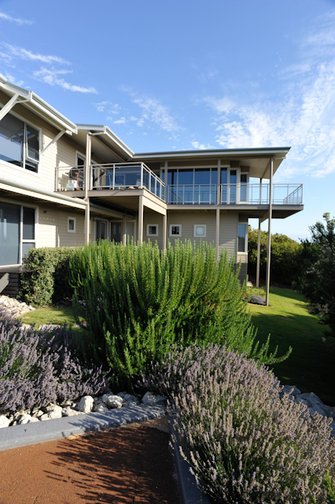
Margaret River Holiday Home
Gnarabup, 2005
Built into the hill overlooking a bay in Margaret River, this holiday home is designed to capture the ocean views while maintaining a secluded and private feel. The design reflects careful consideration of prevailing weather conditions. The L shaped building turns its back on the wind, allowing use of the balcony even during windy weather. The home is an example of an economic structure that uses techniques and materials to maximise the space but minimise costs. Exterior colours reflect the surrounding landscape, blending with the environment. The building offers a secluded and private hide away for the client.



